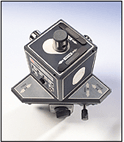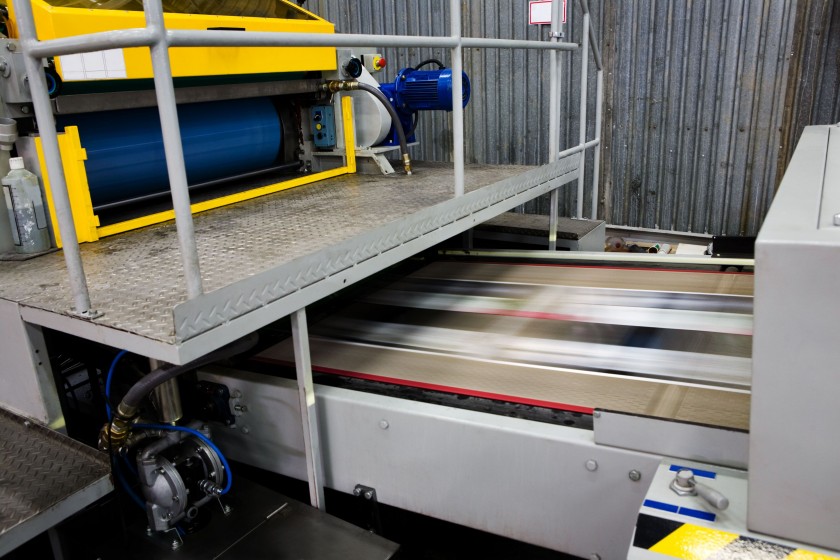Working around equipment of any type, including agricultural equipment, heavy-duty industrial machines or automated systems that use hydraulics means ensuring the cylinders are in good shape and repair before each use. A quick visual inspection to check for leaks, signs of wear or damage to the cylinder is a good start, with a more detailed examination of any visible signs of problems are present.
At some point in time, no matter how well-cared for the cylinder and hydraulic system on the equipment may be, there will be a need to replace the cylinder. If you are replacing the hydraulic cylinder, it is essential to get the right cylinder and to order in advance and have the cylinder on hand.
Repair or Replace
The first choice is in determining if the hydraulic cylinder is a good candidate for a repair, or if it needs to be replaced. In most situations, if the damage to the cylinder is the main factor to consider. However, it is also important to realize that repairing a cylinder means downtime for the equipment, no matter how efficient the repair service may be.
Choosing a company able to engineer and build a custom hydraulic cylinder while you continue to use the equipment is often the best option. Not all custom cylinder companies offer short order turnaround times, so shopping around and making comparisons for delivery is an important part of the process.
Getting the Correct New Cylinder
In many cases, particularly with older equipment and machines, the current cylinder is not the OEM component. It is also very likely that at some point in time an off-the-shelf cylinder was used, which may be what subsequent replacements were based on.
Ideally, talk to the custom hydraulic cylinder manufacturer before placing the order. Know the capacity required for the cylinder and double check all measurements and verify you are measuring correctly before confirming the order.


